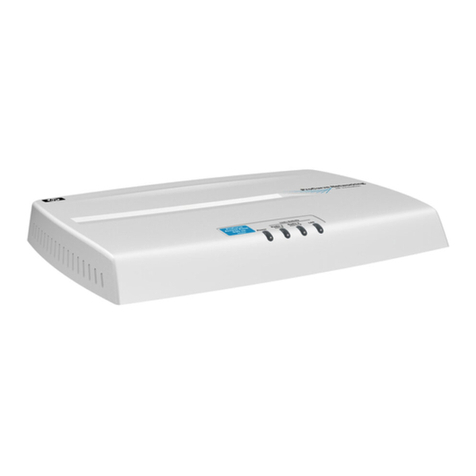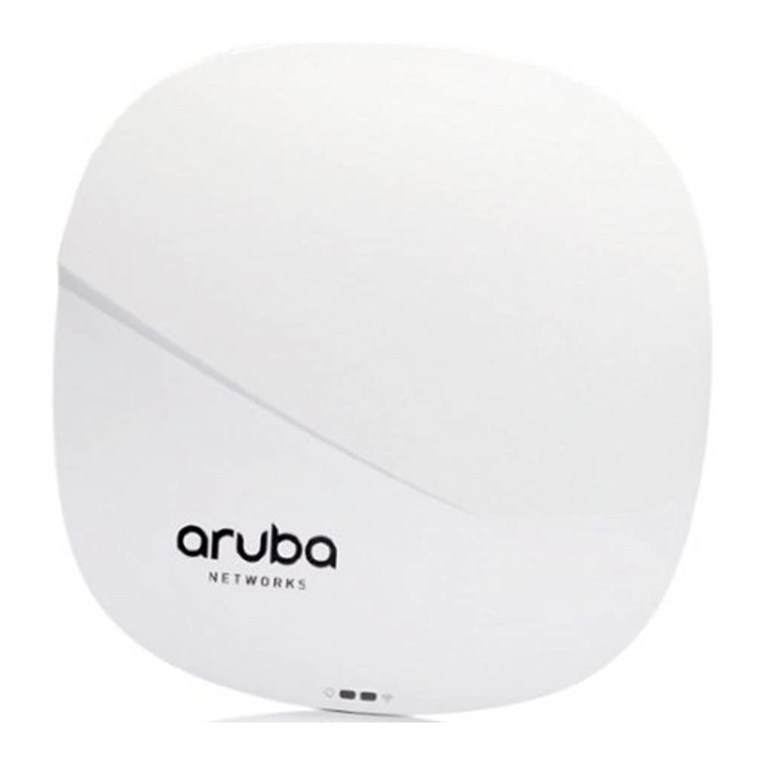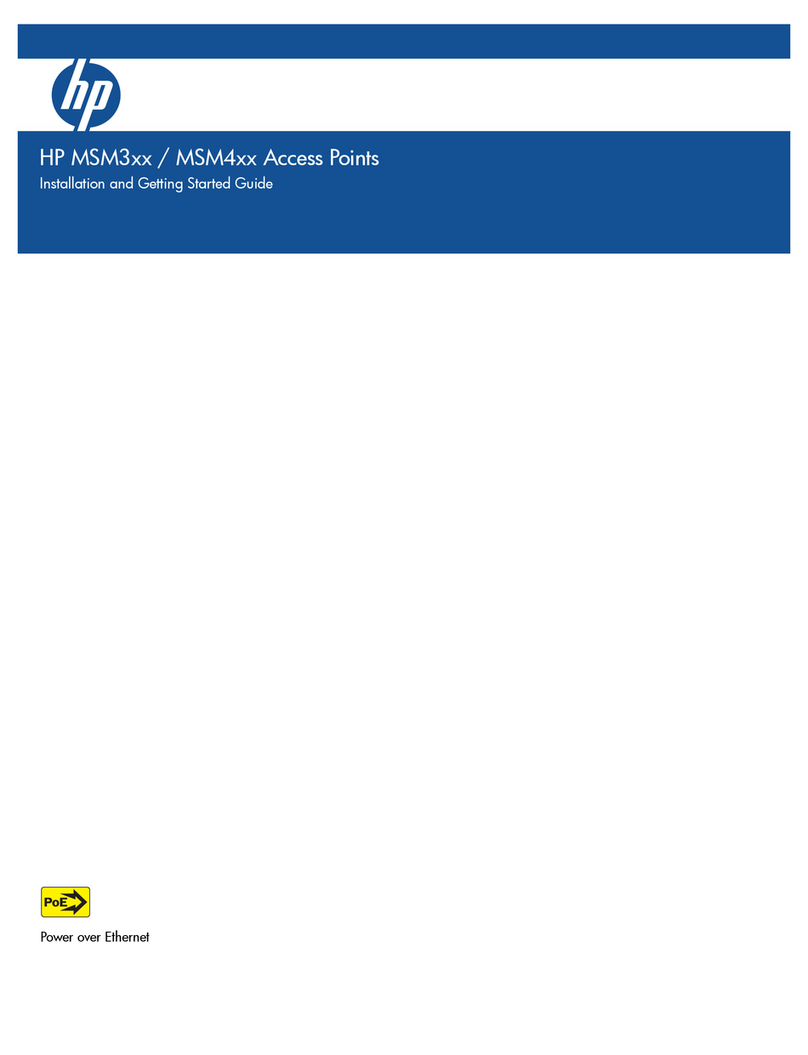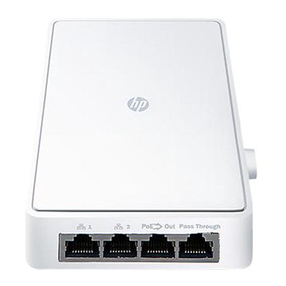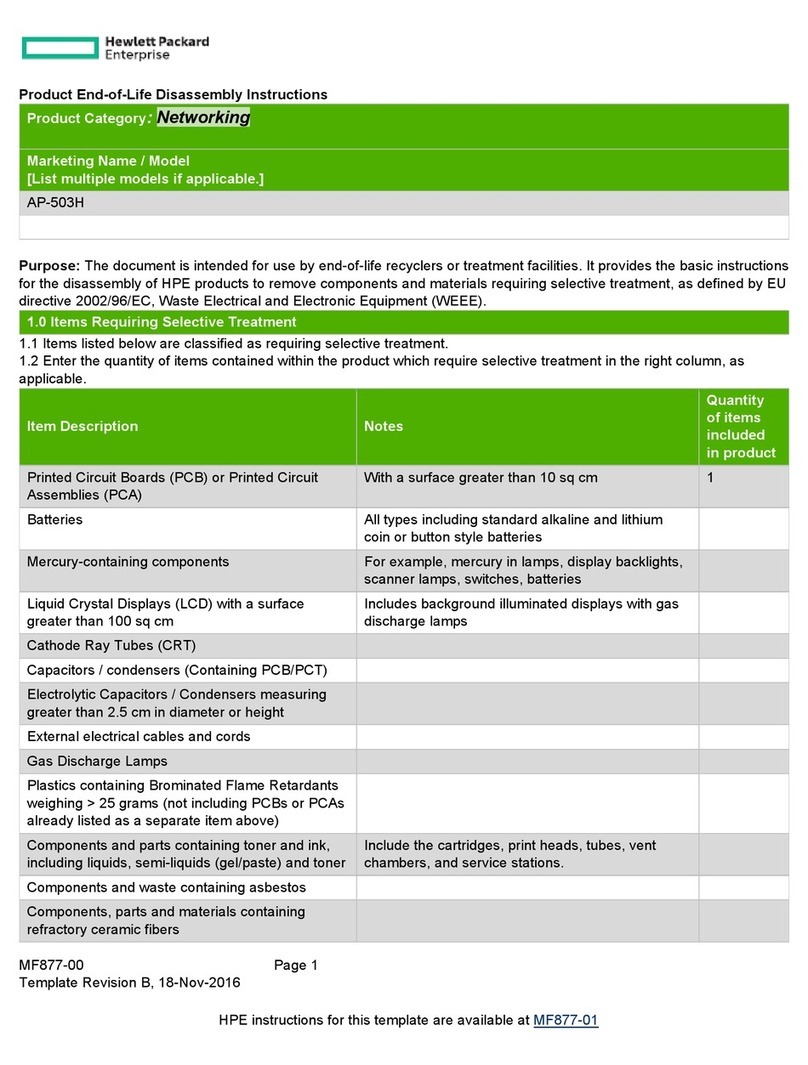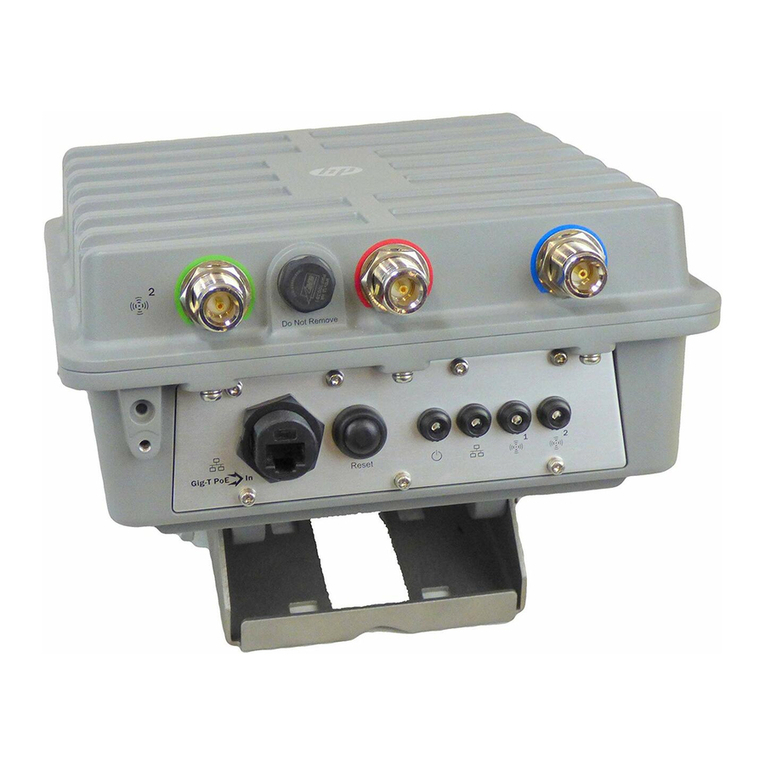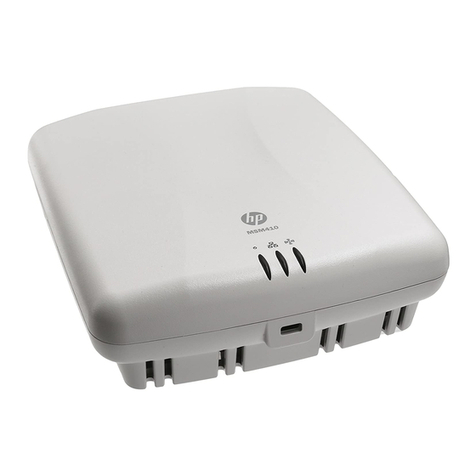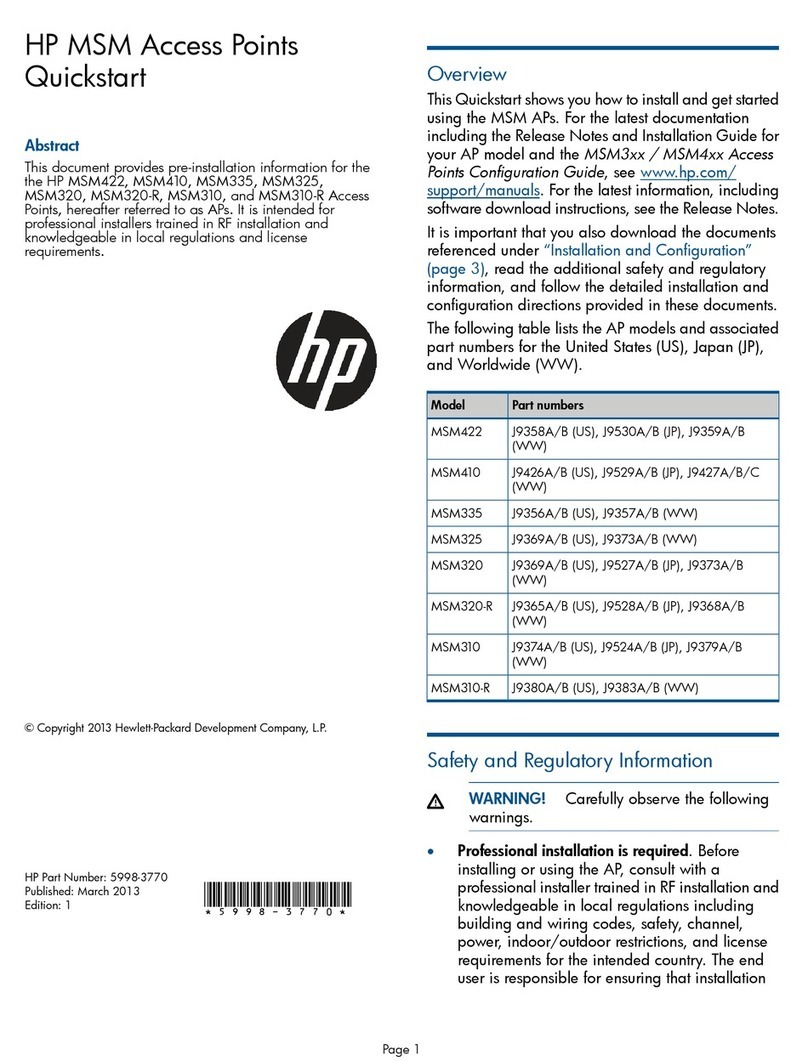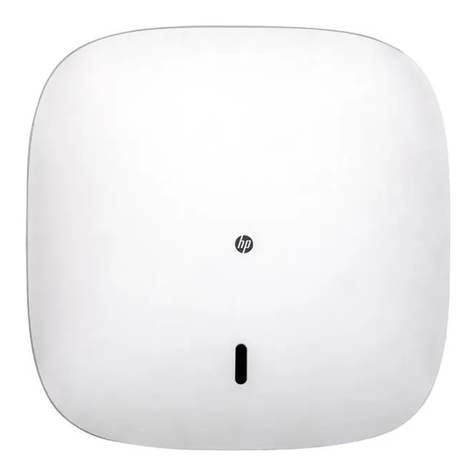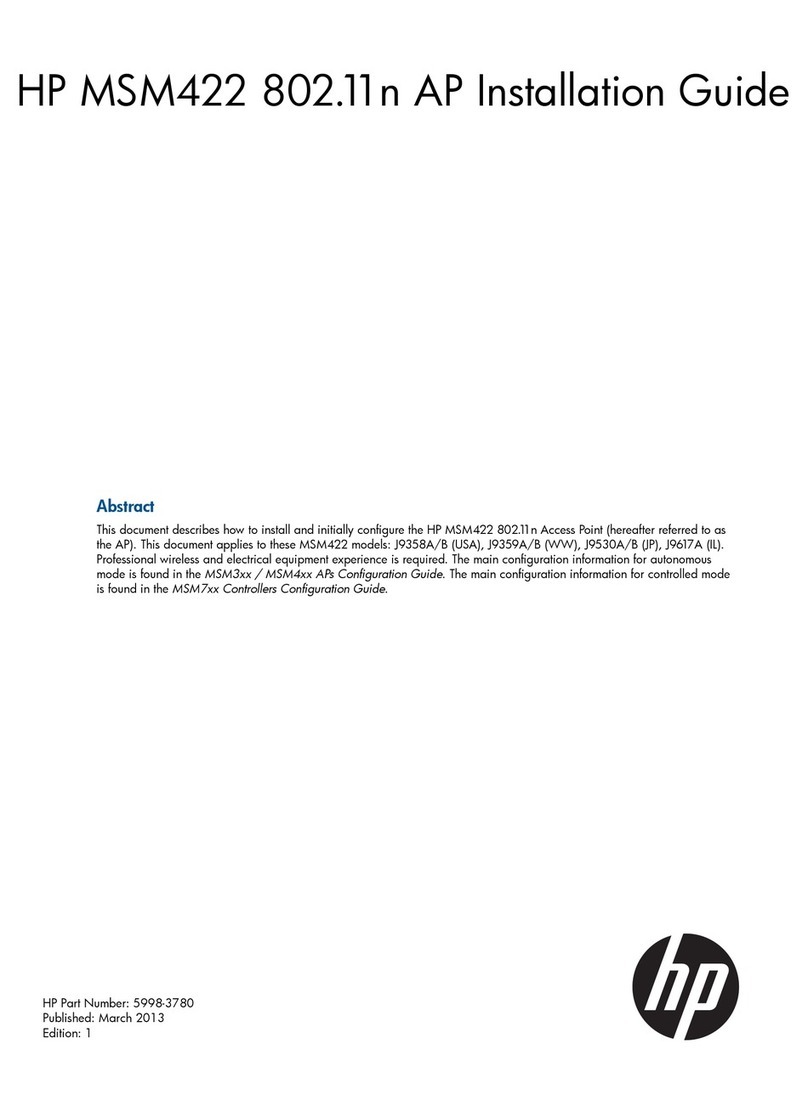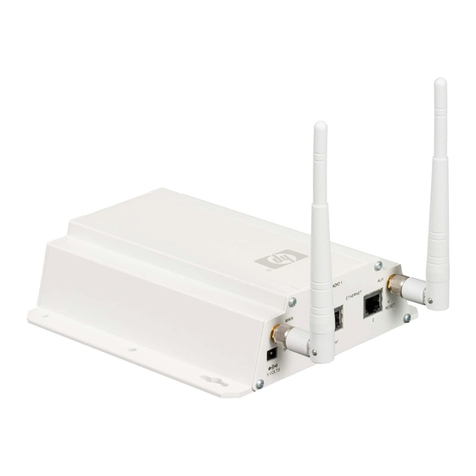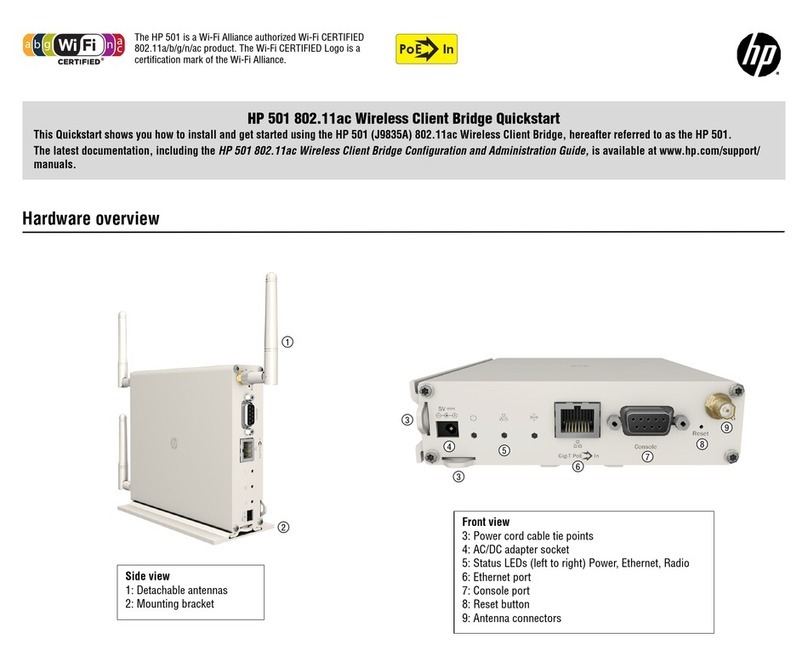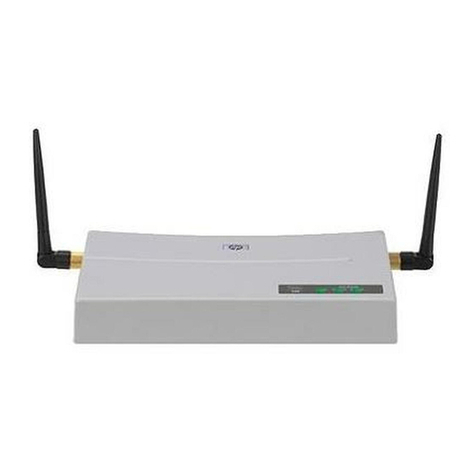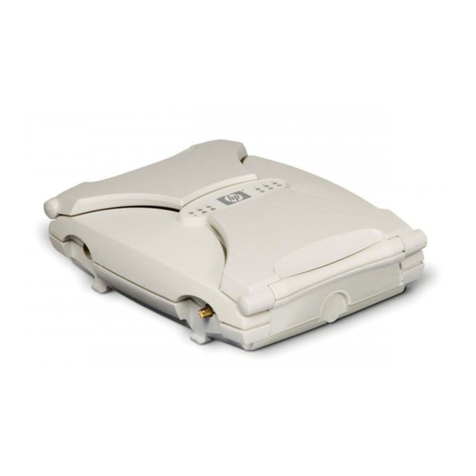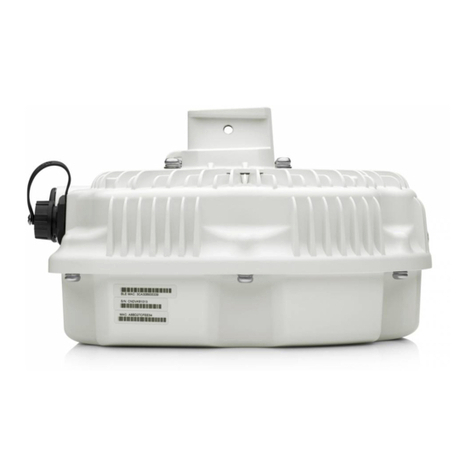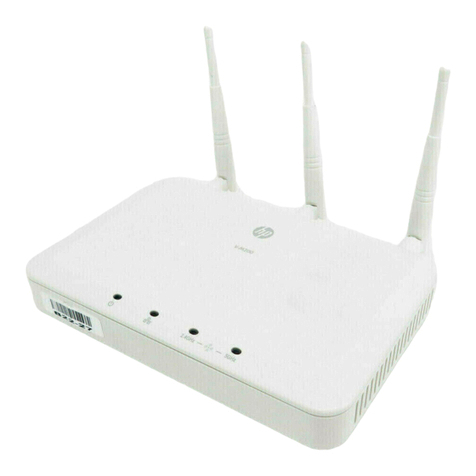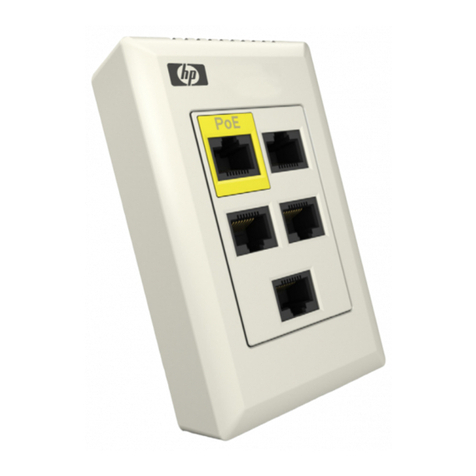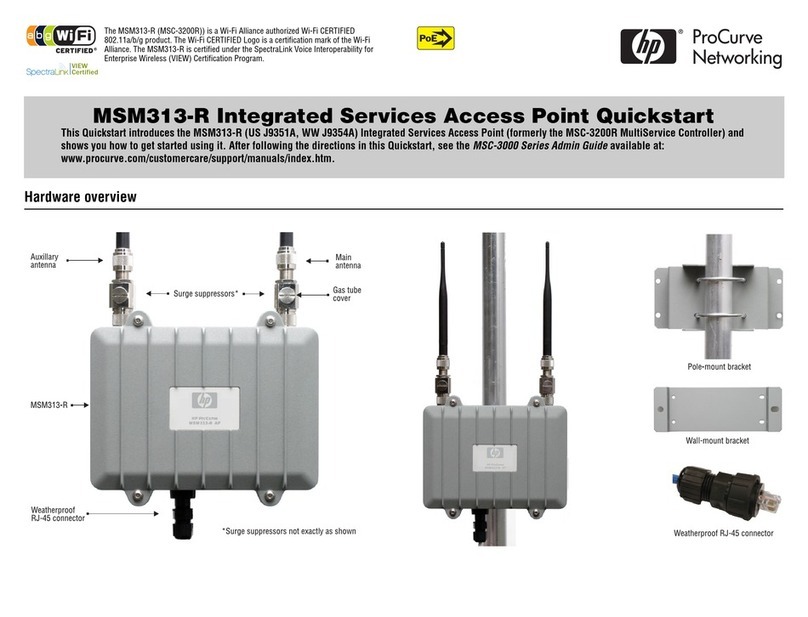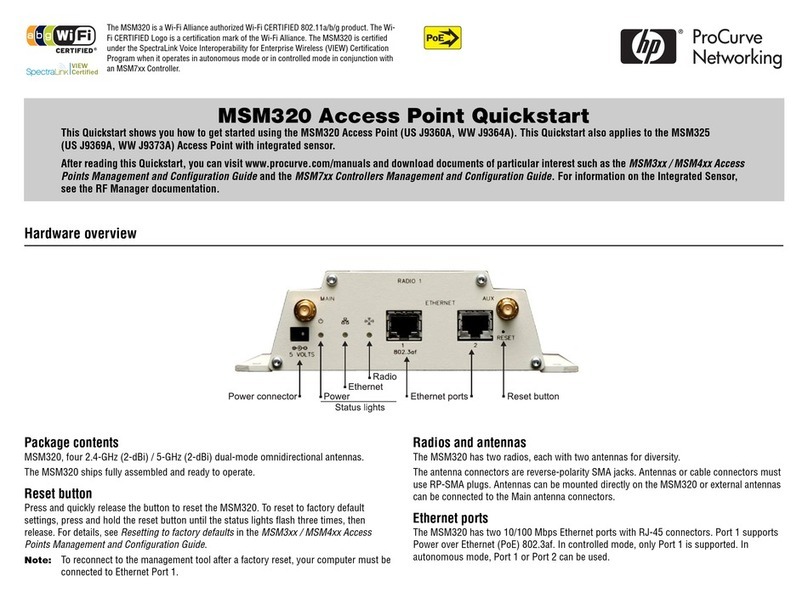
Industry Canada
This Class B digital apparatus meets all of the requirements of the Canadian Interference-Causing Equipment
Regulations.
This device contains licence-exempt transmitter(s)/receiver(s) that comply with Innovation, Science and Eco-
nomic Development Canada’s licence-exempt RSS(s). Operation is subject to the following two conditions: (1)
This device may not cause interference; and (2) This device must accept any interference, including interference
that may cause undesired operation of the device.
When operated in 5.15 to 5.25 GHz frequency range, this device is restricted to indoor use to reduce the poten-
tial for harmful interference with co-channel Mobile Satellite Systems.
Déclaration d’Industrie Canada
Cet appareil numérique de classe A respecte toutes les exigences du Règlement sur le matériel brouilleur du
Canada.
Cet appareil contient des émetteurs / récepteurs exemptés de licence qui sont conformes aux RSS exempts de
licence d'Innovation, Sciences et Développement économique Canada. Son fonctionnement est soumis aux
deux conditions suivantes: (1) ce périphérique ne doit pas provoquer d’interférences, et (2) ce périphérique
doit accepter toute interférence, y compris les interférences susceptibles de provoquer un dysfonctionnement.
En cas d'utilisation dans la plage de fréquences de 5,15 à 5,25 GHz, cet appareil doit uniquement être utilisé à
intérieur afin de réduire les risques d'interférence avec les systèmes satellites mobiles partageant le même
canal.
EU and UK Regulatory Conformity
The Declaration of Conformity made under Radio Equipment Directive 2014/53/EU as well as the United
Kingdom's Radio Equipment Regulations 2017/UK is available for viewing below.. Select the document that
corresponds to your device’s model number as it is indicated on the product label.
nEUDeclaration of Conformity
nUKDeclaration of Conformity
Compliance is only assured if the Aruba approved accessories as listed in the ordering guide are used.
https://www.arubanetworks.com/assets/og/OG_650Series.pdf.
Wireless Channel Restrictions
5150-5350MHz band is limited to indoor only in the following countries; Austria (AT), Belgium (BE), Bulgaria
(BG), Croatia (HR), Cyprus (CY), Czech Republic (CZ), Denmark (DK), Estonia (EE), Finland (FI), France (FR),
Germany (DE), Greece (GR), Hungary (HU), Iceland (IS), Ireland (IE), Italy (IT), Latvia (LV), Liechtenstein (LI),
Lithuania (LT), Luxembourg (LU), Malta (MT), Netherlands (NL), Norway (NO), Poland (PL), Portugal (PT),
Romania (RO), Slovakia (SK), Slovenia (SL), Spain (ES), Sweden (SE), Switzerland (CH), Turkey (TR), United
Kingdom (UK (NI)), United Kingdom (UK).
Rev 01 | March 2022 | 9






